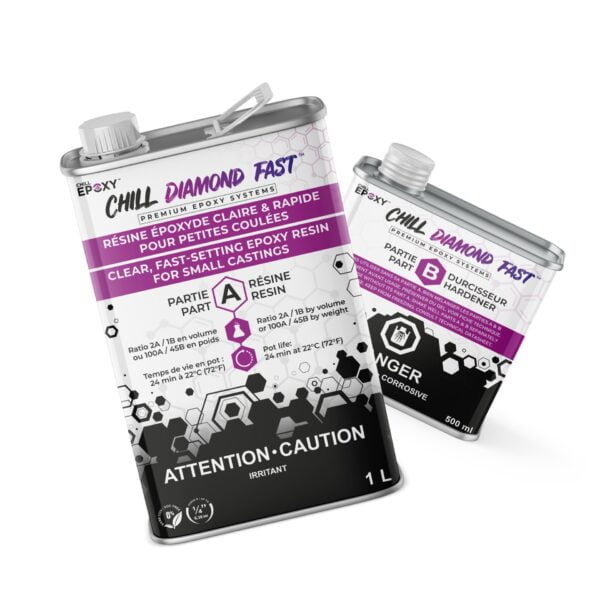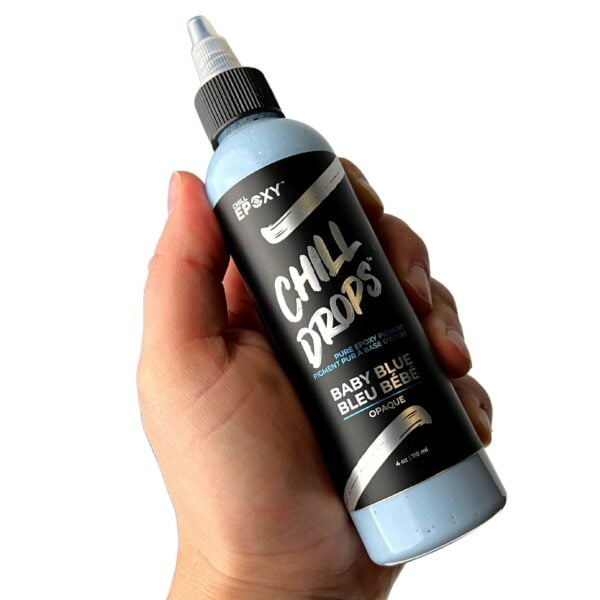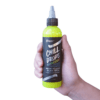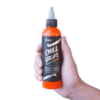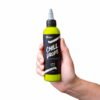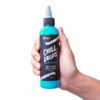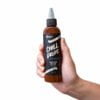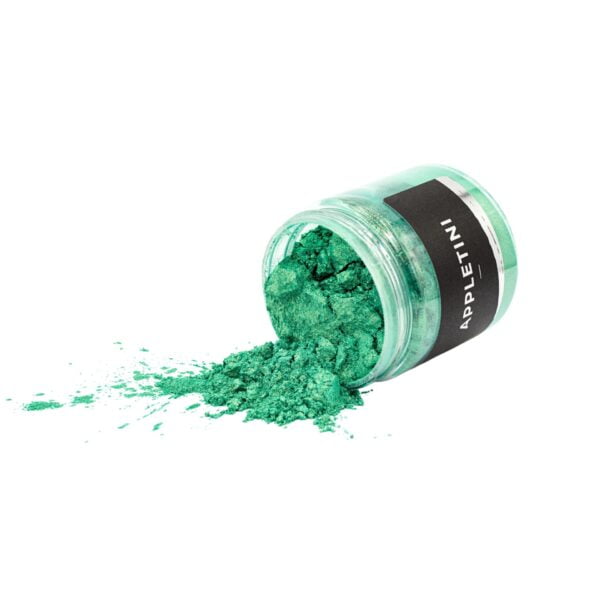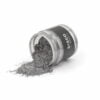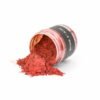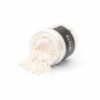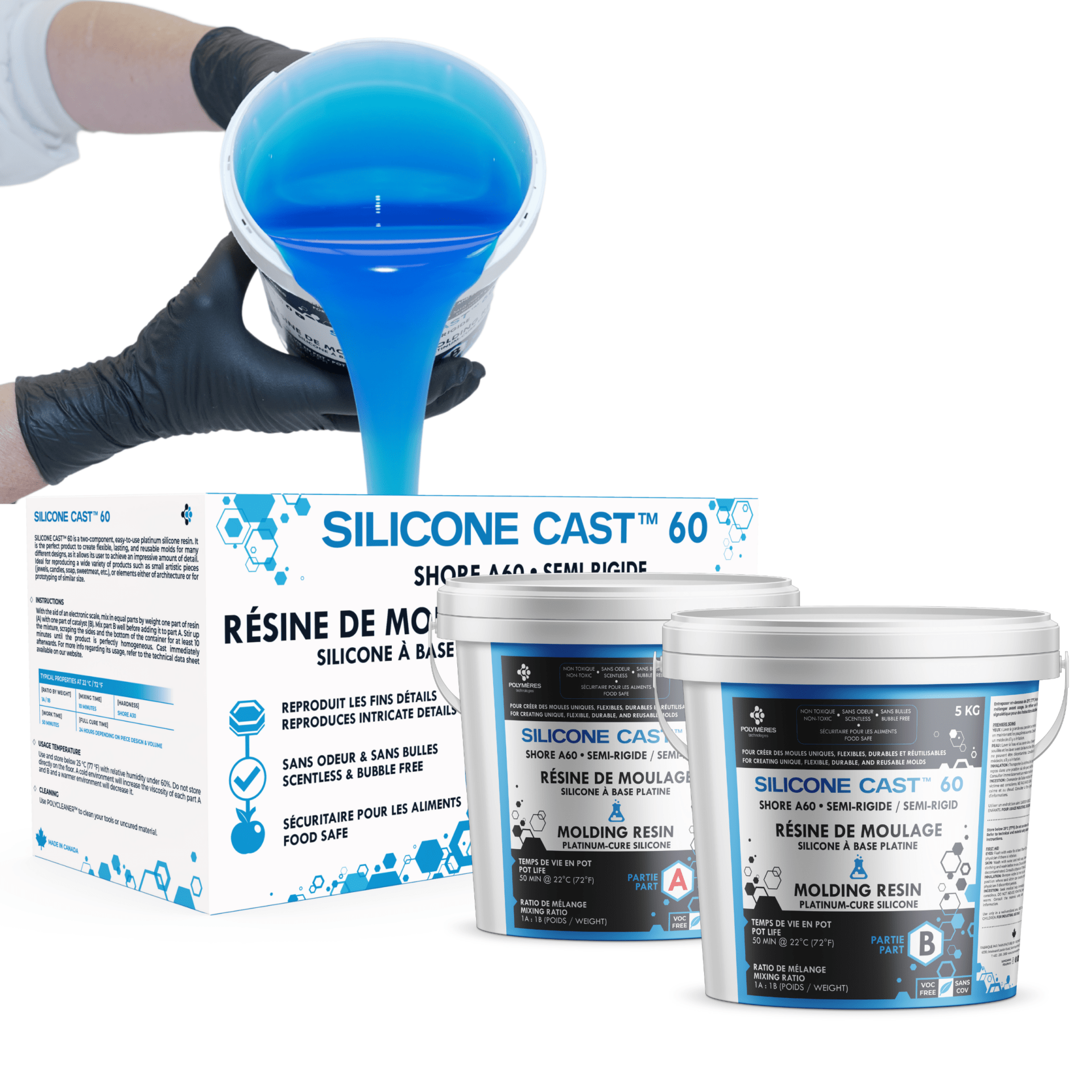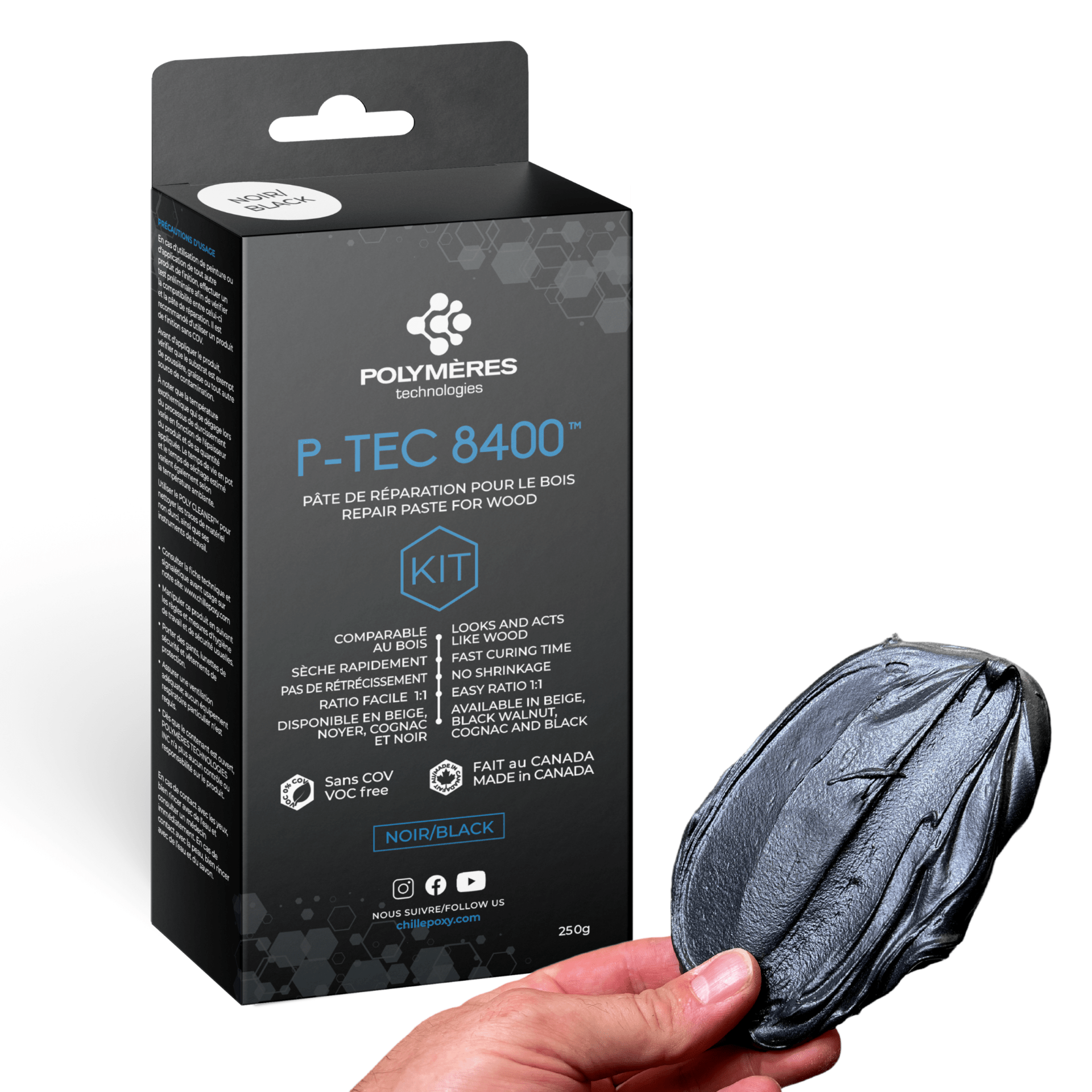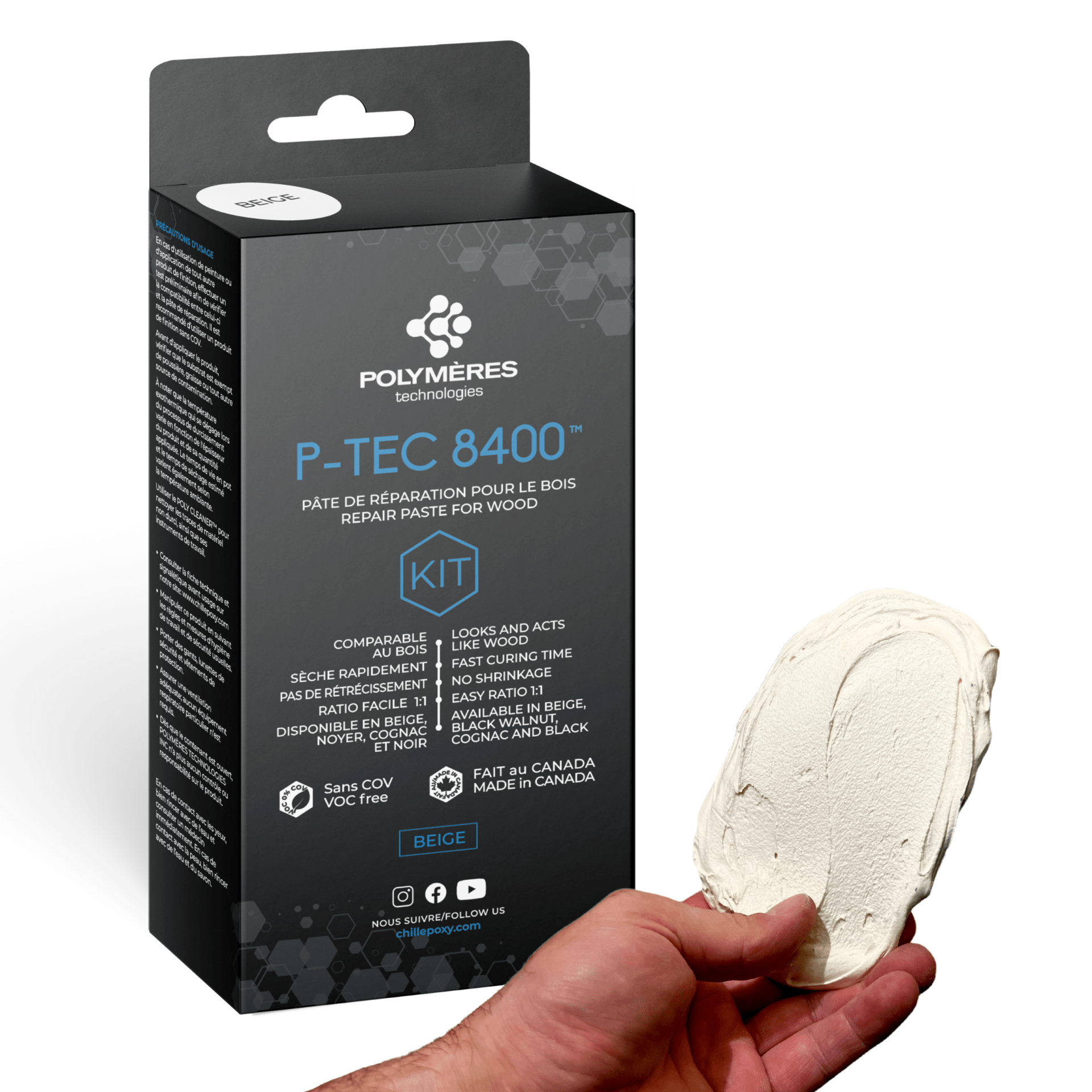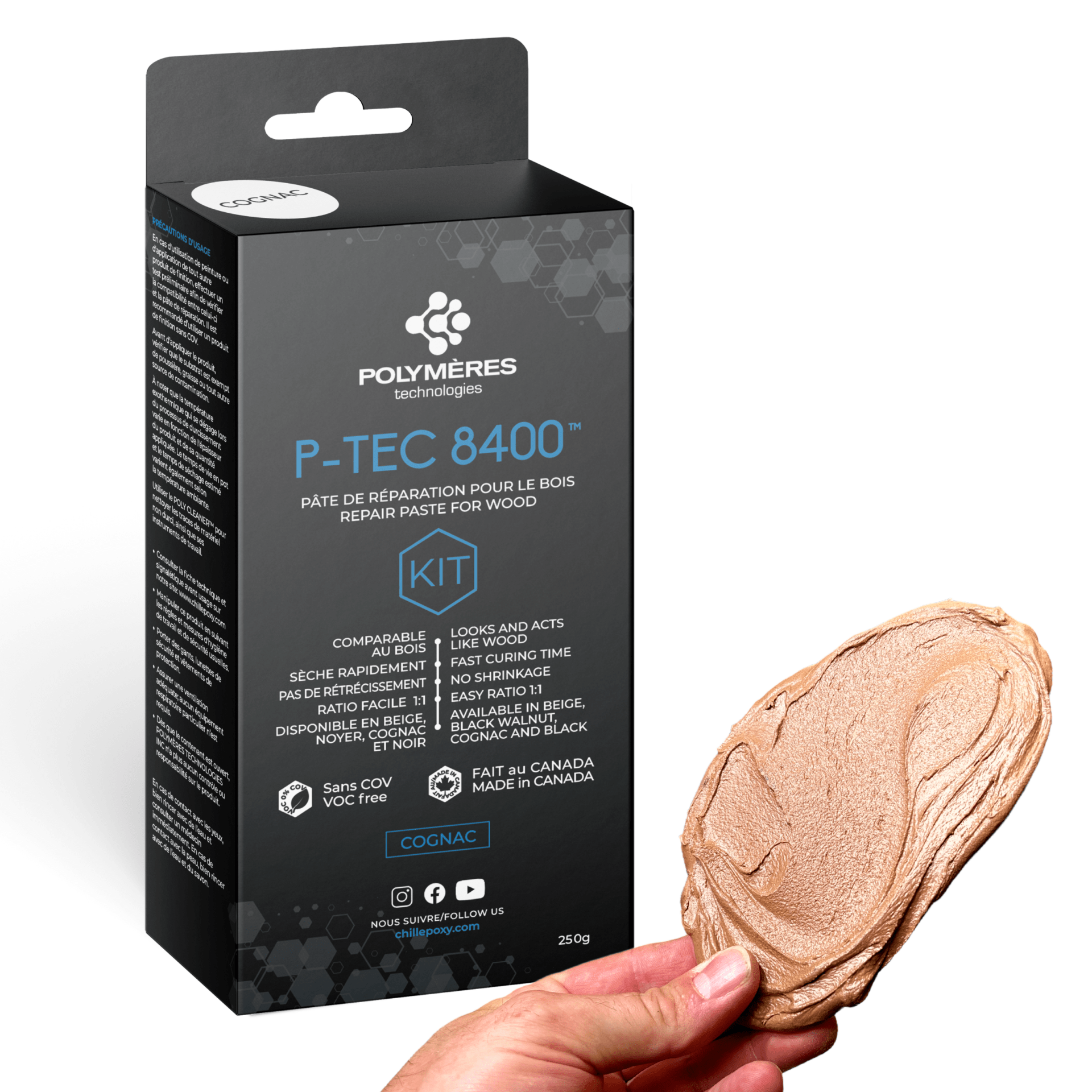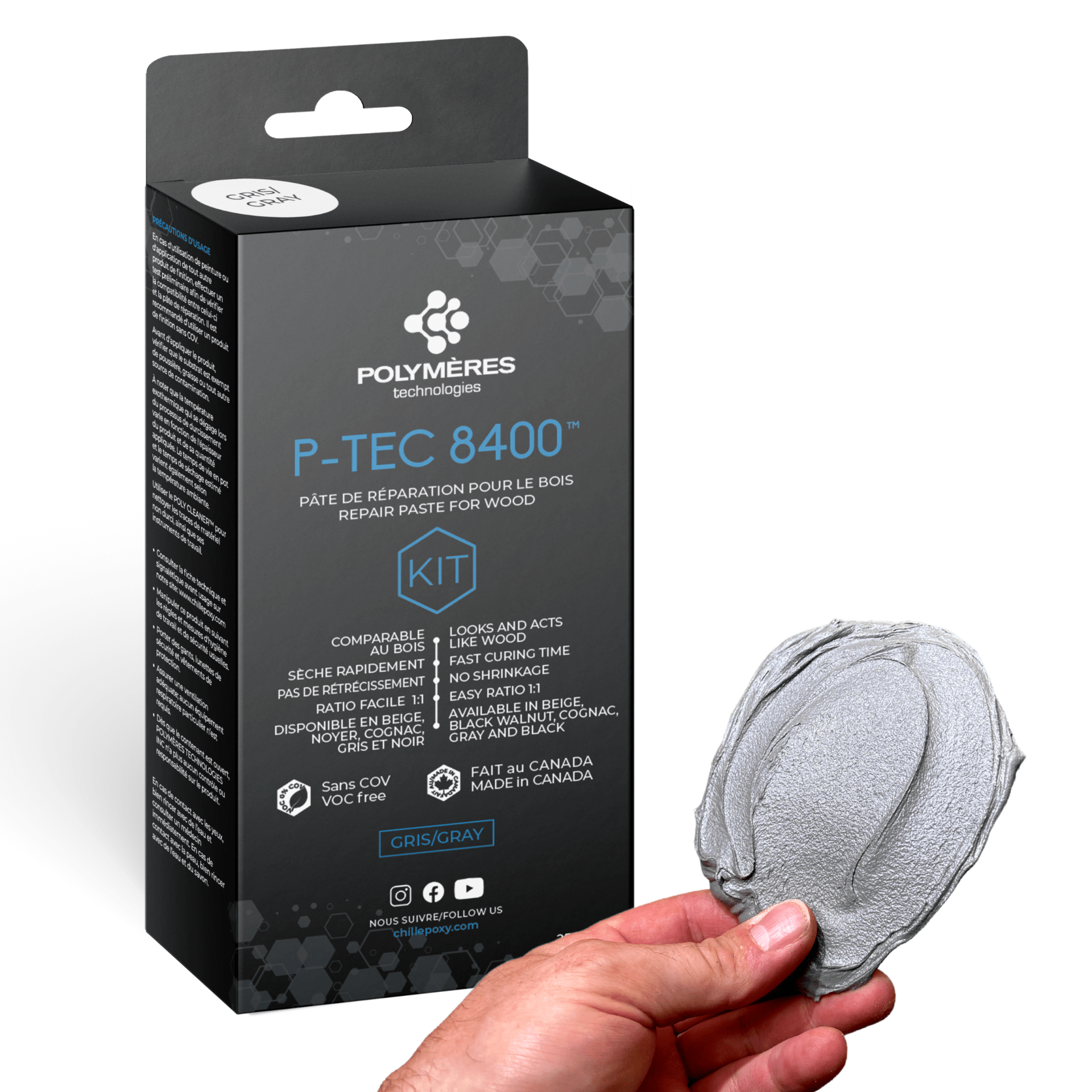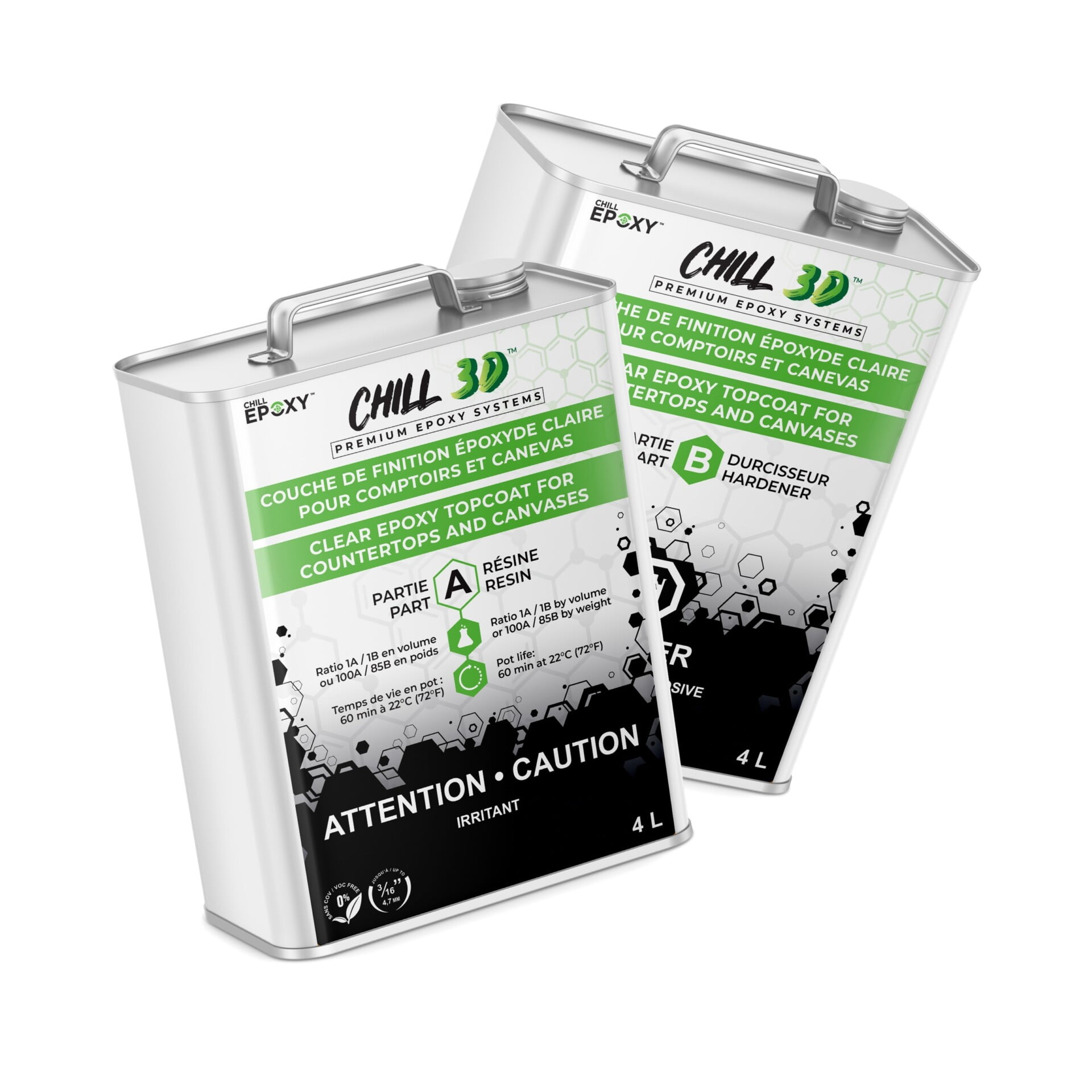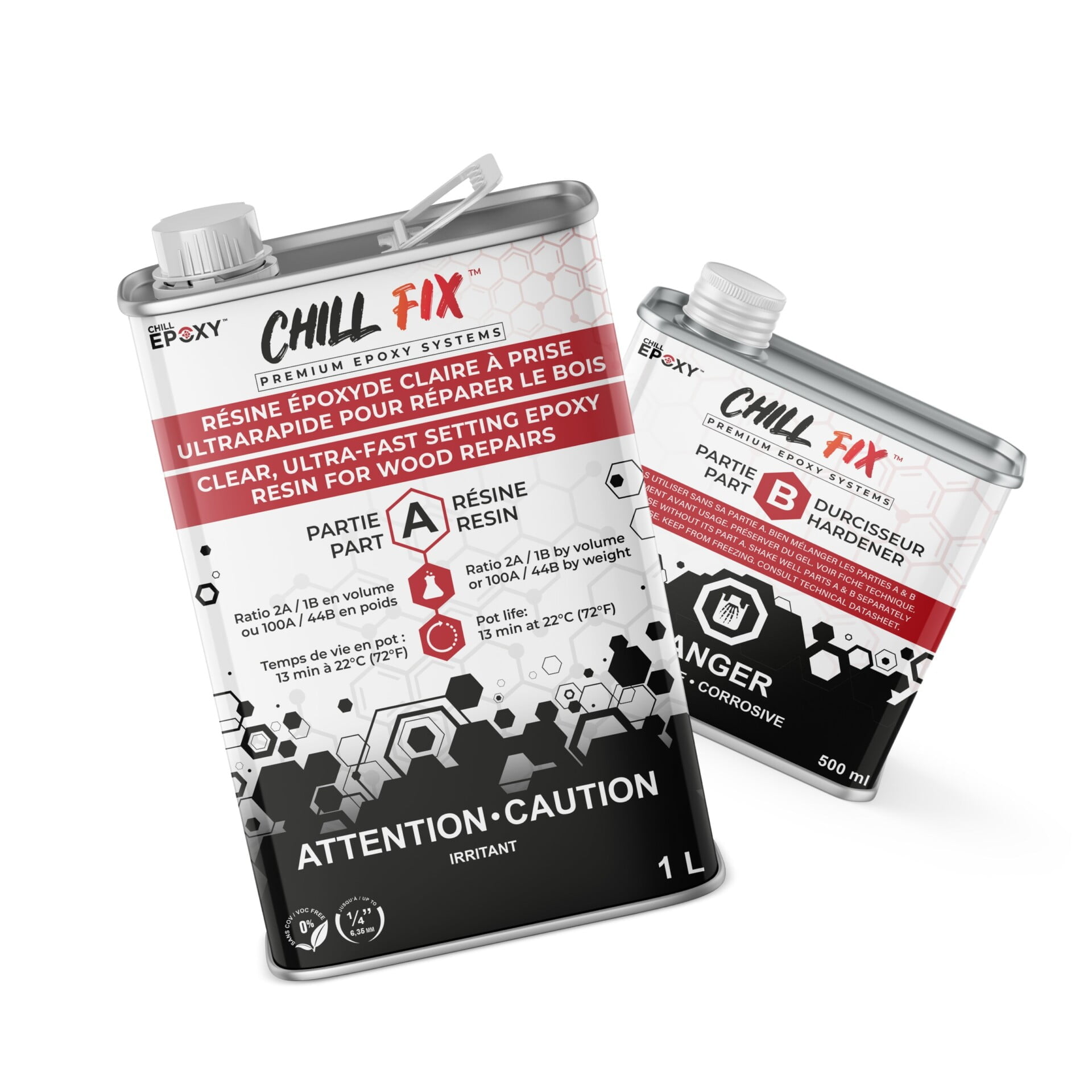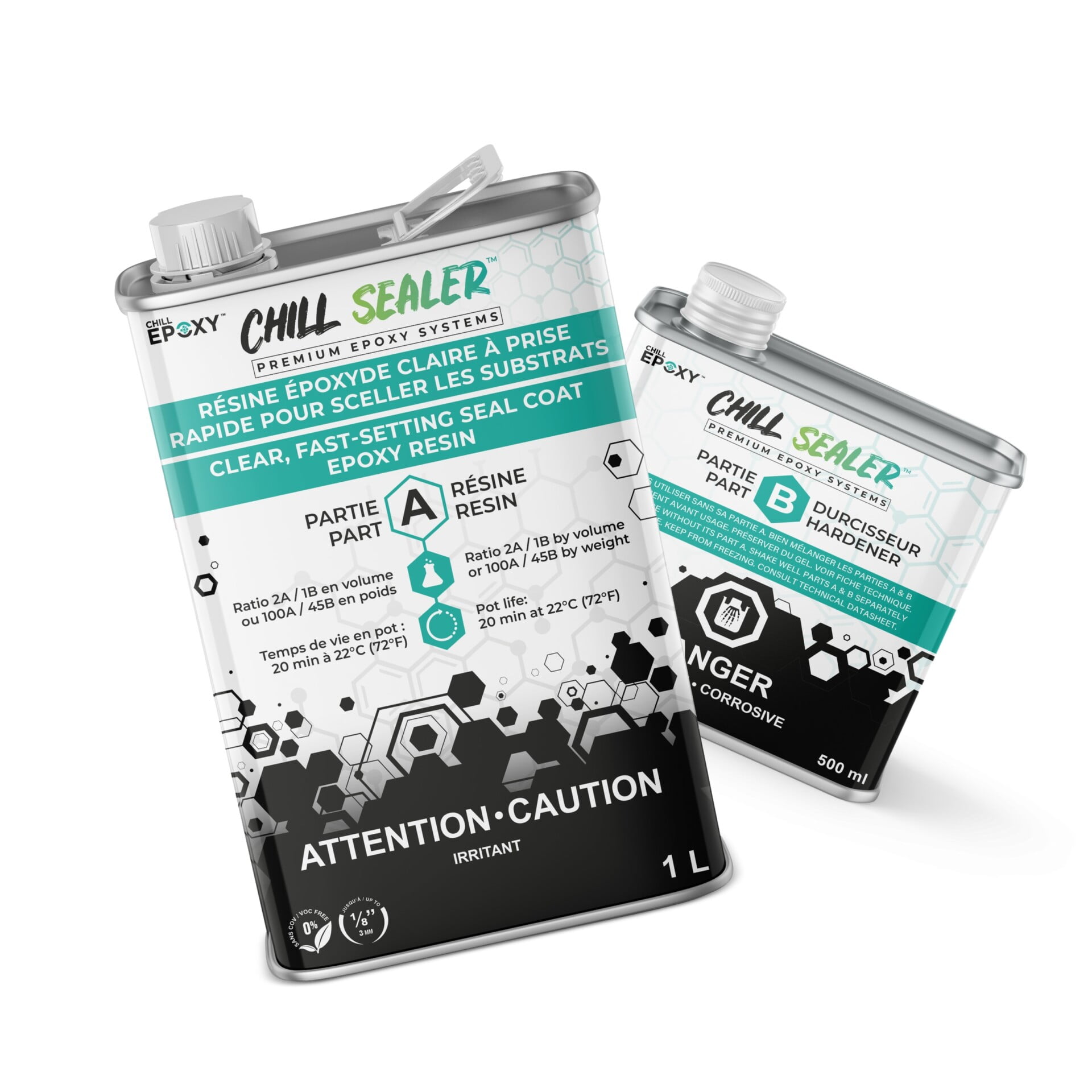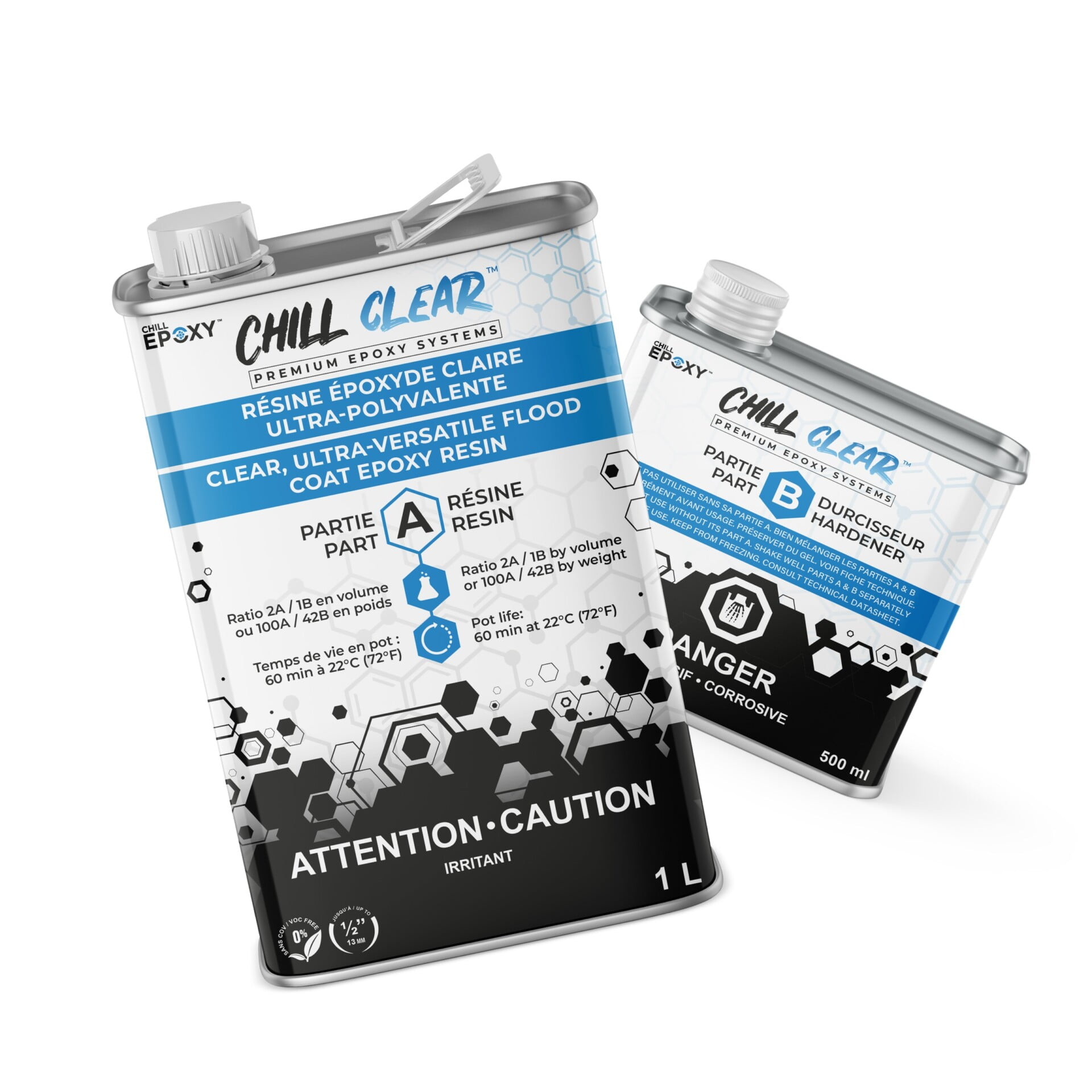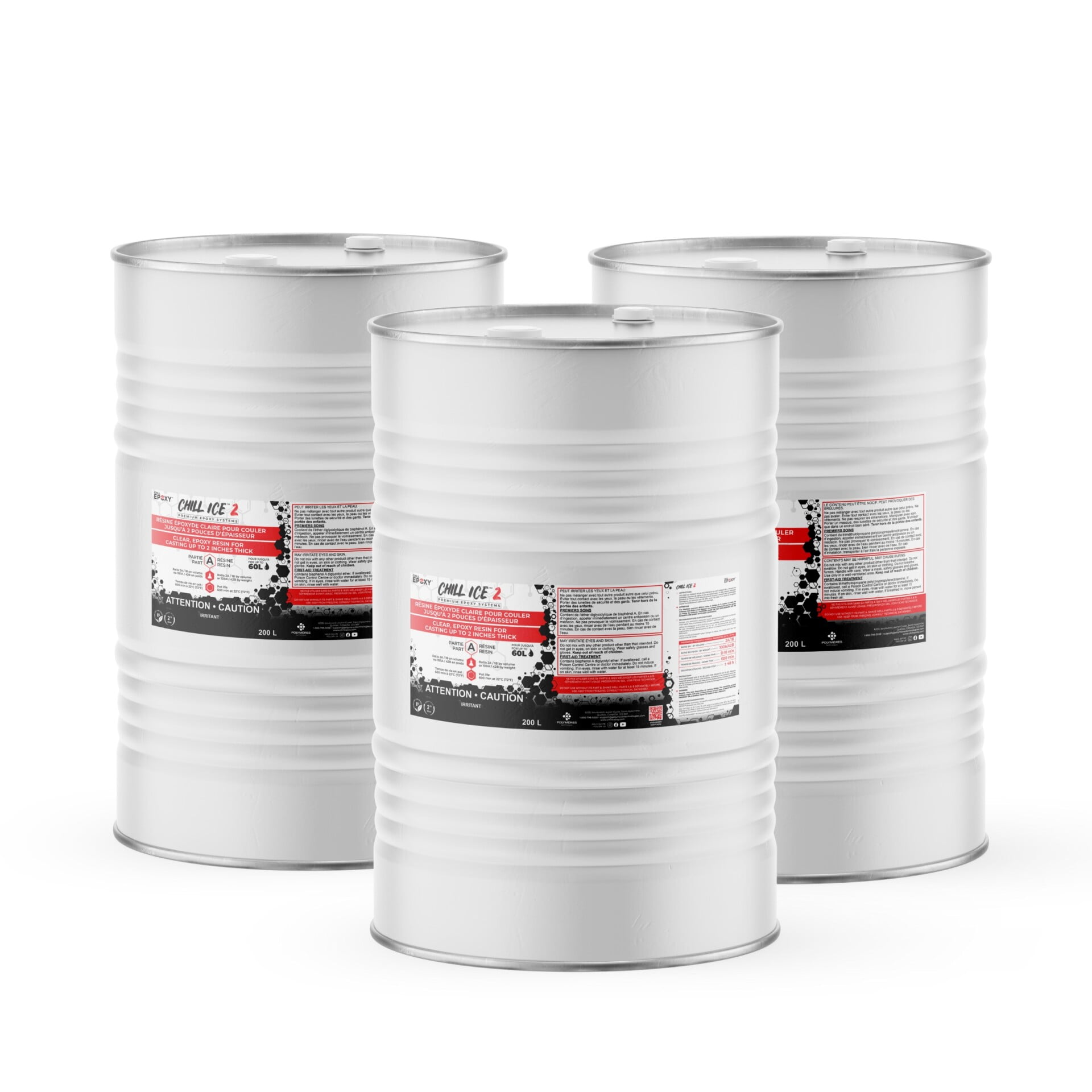Default
Applying Epoxy on Stained or Oiled Wooden Tables
Applying Epoxy on Stained or Oiled Wooden Tables
Quality Control Considerations for Applying Epoxy on Stained or Oiled Wooden Tables
Applying Epoxy on Stained or Oiled Wooden Tables. Woodworking and furniture finishing are crafts that demand meticulous attention to detail and a deep understanding of material interactions. This article explores the critical relationship between the application of stains or oils on wooden tables and the subsequent use of epoxy, highlighting essential quality control considerations.
Applying epoxy over a stained table can result in a glossy and durable finish that enhances the appearance of the wood while providing protection. However, there are a few important considerations to keep in mind:
Compatibility: Not all epoxies are compatible with all types of stains. Some stains might contain oils or additives that can interfere with the epoxy’s ability to bond properly. It’s important to test a small, inconspicuous area before applying epoxy to the entire table.
Table of Contents
- Introduction
- The Dual Purpose of Stains and Oils
- Enhancing Aesthetics and Providing Protection
- Smoother Surface and Epoxy Adhesion
- The Unforeseen Challenge: Smoothing Effect as a Barrier
- Release Agent-like Behavior
- Compromised Bonding Strength
- Volatile Organic Compounds (VOCs) and Contamination
- Influence of Solvent-Rich Formulations
- VOC Migration and Delamination
- Humidity Aggravation
- Preliminary Testing: A Necessity, Not an Option
- Simulating Real-World Conditions
- Evaluating Adhesion Strength and Surface Smoothness
- Identifying Potential Defects
- Partnering with Manufacturers: The Communication Advantage
- Validating Compatibility with Epoxy
- Guidance for Optimal Usage
- Mitigating Adverse Effects
- The Harmonious Balance: Stains, Oils, and Epoxy
- The Delicate Relationship
- Challenges and Solutions
- Troubleshooting and Resolution for Adhesion Issues
- Recognizing the Need for Intervention
- Systematic Removal of Epoxy and Contaminants
- Restoring Natural Texture for Strong Bonding
- Comprehensive Reapplication: Learning from Challenges
- Meticulous Epoxy Mixing and Application
- Curing Conditions for Strong Bonds
- Conclusion
- FAQs
- What is the primary purpose of using stains and oils on wooden tables?
- How do VOCs affect epoxy application on stained wood surfaces?
- Can epoxy adhesion issues be rectified without reapplication?
- How can furniture manufacturers ensure optimal results when using epoxy?
- Where can I find more information about quality woodworking techniques?
Introduction Applying Epoxy on Stained or Oiled Wooden Tables
In the realm of woodworking and furniture finishing, achieving optimal results requires meticulous attention to detail and an understanding of the interactions between various materials. This text elaborates on the crucial relationship between utilizing stains or oils on wooden tables and subsequently applying epoxy, highlighting potential implications for quality control.
Pouring epoxy over a stained wooden table without proper preparation and application can lead to several undesirable outcomes:
- Poor Adhesion: If the stained surface isn’t properly cleaned, sanded, or prepared, the epoxy might not adhere well to the wood. This can result in delamination, where the epoxy coating separates from the wood, creating bubbles, cracks, or even peeling.
- Air Bubbles and Cloudiness: Air bubbles can get trapped within the epoxy as it cures. This can lead to an uneven, cloudy, or bumpy surface that diminishes the aesthetic appeal of the table.
- Contamination and Fish Eyes: Inadequate cleaning of the surface before epoxy application can lead to contamination, resulting in imperfections like “fish eyes” or small craters in the cured epoxy. These imperfections can disrupt the smoothness of the table’s surface.
- Uneven Coating: Improper application techniques can lead to an uneven epoxy coating. Drips, runs, and uneven thicknesses can result in an unattractive finish that detracts from the table’s appearance.
- Color Distortion: Epoxy can react with certain wood stains, causing color changes or bleeding. This can result in unexpected color shifts or blotches on the table’s surface.
- Staining or Discoloration: If the wood stain hasn’t dried or cured completely before applying epoxy, the solvents from the stain might react with the epoxy, leading to staining, discoloration, or a compromised finish.
- Epoxy Cracking: Rapid and extreme temperature changes after pouring epoxy can cause the epoxy to crack or craze, forming a network of small cracks on the surface.
- Trapped Debris: Dust, dirt, or other debris that settles onto the wet epoxy can become trapped, resulting in an uneven or gritty texture in the finished surface.
- UV Degradation: Epoxy coatings exposed to sunlight without proper UV protection can yellow or degrade over time, diminishing the overall appearance of the table.
- Irreversible Damage: Correcting mistakes with epoxy can be challenging and might require sanding or even removing the entire epoxy layer, which could damage the stained wood underneath.
To avoid these worst-case scenarios, it’s crucial to carefully follow proper epoxy application guidelines, including thorough surface preparation, controlled curing conditions, proper mixing, and incremental layering. Testing on a small area or a scrap piece of wood can also help you anticipate how the epoxy will react with the stain and wood before applying it to the entire table.
The Dual Purpose of Stains and Oils
Stains and oils serve a dual purpose in wooden furniture enhancement: they enhance the wood’s aesthetics while also providing protection. However, their impact on the adhesion of epoxy cannot be underestimated. When stains or oils are applied to wooden surfaces, they seep into the wood’s porosities and grain, effectively creating a smoother surface. This smoother surface minimizes the occurrence of peaks and valleys that epoxy would otherwise bond to, reducing the potential for inadequate adhesion and delamination.
The Unforeseen Challenge: Smoothing Effect as a Barrier
While stains and oils create a smoother surface, this effect can inadvertently behave akin to a release agent for epoxy, leading to compromised bonding strength. This unexpected challenge requires careful consideration during the epoxy application process.
Volatile Organic Compounds (VOCs) and Contamination
A key quality control concern arises from the potential contamination caused by the combination of stains or oils, particularly those rich in solvents. Such formulations, characterized by high Volatile Organic Compounds (VOC) content, introduce a host of challenges. VOCs tend to migrate to the surface over time, influencing the epoxy application. This migration can exert pressure on the epoxy layer, culminating in delamination and the formation of unsightly air pockets.
Preliminary Testing: A Necessity, Not an Option
The importance of preliminary testing cannot be emphasized enough. Before embarking on full-fledged production, it is imperative to conduct comprehensive tests that simulate real-world conditions. These tests should involve the interplay of stained or oiled surfaces and epoxy applications, evaluating adhesion strength, surface smoothness, and potential defects.
Partnering with Manufacturers: The Communication Advantage
Furthermore, when contemplating the integration of epoxy into your finishing process, it is prudent to establish communication with the manufacturer. Validating the compatibility of a specific product with epoxy through the manufacturer’s guidance is a proactive step in ensuring quality results.
The Harmonious Balance: Stains, Oils, and Epoxy
In summary, the harmonious relationship between stains, oils, and epoxy applications on wooden tables hinges on a delicate balance. Stains and oils, with their capacity to create a smoother surface, inadvertently challenge epoxy adhesion. Rigorous testing and manufacturer consultation stand as the cornerstones of effective quality control, affording the opportunity to address incompatibilities and ensure the durability and aesthetics of the final product.
Troubleshooting and Resolution for Adhesion Issues
When faced with adhesion challenges stemming from the application of epoxy onto stained or oiled wooden surfaces, effective troubleshooting and resolution become paramount. Recognizing the need for intervention is the first step towards rectifying compromised adhesion and achieving optimal results.
Comprehensive Reapplication: Learning from Challenges
Once the surface has been meticulously sanded and prepped, reapplication of epoxy can be undertaken. This time, armed with the knowledge gleaned from previous challenges, meticulous attention must be devoted to proper epoxy mixing, application techniques, and curing conditions. This comprehensive approach ensures that the epoxy bonds securely to the wooden surface, mitigating the risk of delamination and related issues.
Applying Epoxy on Stained or Oiled Wooden Tables Conclusion
Troubleshooting compromised epoxy adhesion necessitates a proactive approach involving systematic removal of epoxy layers, thorough sanding to eliminate contamination and establish a bonding substrate, and a comprehensive reapplication process. This multifaceted strategy restores the wood’s natural texture and prepares it for a durable epoxy bond. By adhering to these troubleshooting steps and maintaining a keen awareness of the interplay between materials, quality control can be effectively maintained, resulting in furniture pieces that are both aesthetically pleasing and structurally sound.
Applying Epoxy on Stained or Oiled Wooden Tables FAQs
- What is the primary purpose of using stains and oils on wooden tables? Stains and oils serve a dual purpose of enhancing the wood’s aesthetics while also providing protection. They penetrate the wood’s surface, adding color and character, and contribute to the longevity of the furniture.
- How do VOCs affect epoxy application on stained wood surfaces? Volatile Organic Compounds (VOCs) found in some stains and oils can migrate to the surface over time, compromising epoxy adhesion. This can lead to delamination, air pockets, and other surface defects.
- Can epoxy adhesion issues be rectified without reapplication? In cases of compromised epoxy adhesion, effective troubleshooting involves systematic removal of epoxy and contaminants, followed by thorough sanding to restore the wood’s natural texture. This prepares the surface for successful epoxy reapplication.
- How can furniture manufacturers ensure optimal results when using epoxy? Furniture manufacturers should conduct rigorous preliminary tests that simulate real-world conditions. Additionally, consulting with epoxy manufacturers for guidance on compatibility and application techniques is crucial for achieving quality results.
For more information on this product, available formats, or any questions regarding our resins, please do not hesitate to reach out to us at sales@polymerestechnologies.com. Our knowledgeable team is here to assist you and provide all the information you need. We look forward to hearing from you!


